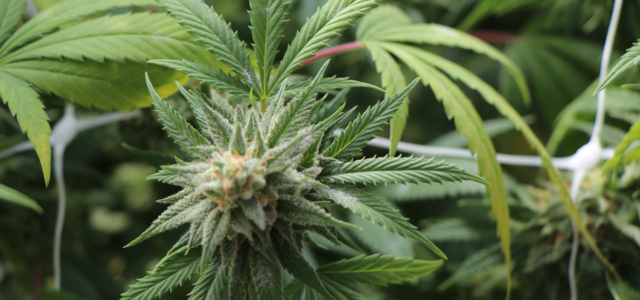
Legal cannabis is taking the United States by storm.
More and more states’ voters are showing their support for legislation that allows for the legal sale, ownership, and use of a pre-specified amount of marijuana; in most instances, this legislation also allows for the operation of government-approved marijuana dispensaries. Marijuana users have been generally pleased with legalization, as have many business professionals, who have been eager to see the financial byproducts of a $30 billion industry on local economies.
With that said, not everyone has been satisfied with the economic effects of marijuana legalization. Specifically, homeowners in small towns and cities that are affected by legalization commonly voice concerns that home values are being /will be negatively impacted.
Opponents of legal marijuana who center their arguments on economics believe that, amongst other things, the pot industry pushes potential homeowners away, which in turn decreases demand for an area’s houses and causes their average value to plummet. Some individuals have gone as far as saying that the marijuana industry results in lower demand for all property, commercial, residential, and otherwise, and that the economy sags in response to this weakened demand.
The numbers say otherwise, and in actuality, legal cannabis plays a tremendous role in boosting residential and commercial property values.
When the facts and data behind legal marijuana are examined, it’s not difficult to see why the industry is such a boom for homeowners and local economies in general.
First, it must be emphasized that legal cannabis is, in pure terms, a industry. When a large store or vehicle-production plant opens in a town or city, most residents are overjoyed, as more jobs and opportunity will be available as a result.
In that sense, the legal cannabis industry is no different. Countless professionals will be needed to grow, maintain, cultivate, transport, weigh, market, and sell marijuana; employees are also a must for dispensaries, pot tourism businesses, edible companies, and much more. Thus, a massive influx of cash will be afforded to residents of cities and towns that are affected by cannabis legalization, in the form of wages.
These wages will then be used to purchase homes, modernize and upgrade existing homes, and build brand new homes—all of which will aid the average value of the residential market.
Next, residential property values adjust to demand; when more people want to live in a certain place, prices rise. Thus, it’s more expensive to live in New York City than it is to live in, say, Fargo. (That’s not to say that Fargo isn’t beautiful and awesome, because it is!) But when more employees, business owners, and visitors start pouring in because of legal cannabis, existing residents can expect demand and prices to rise. And don’t worry—it takes at least several decades to see a city or area evolve into New York or Silicon Valley, in terms of demand!
For those who live in neighborhoods wherein cannabis has been legalized, remedial economics render the possibility of increased home values a likely reality.
Last but certainly not least, legal marijuana boosts residential values just because. That’s right—a bunch of small factors compound and made a big difference in many legal-pot towns, including those in Colorado and Washington. More tax revenue, less crime/better medical care (as a result of optimized emergency services), marijuana entrepreneur investments, and more—things which are entirely unaffected by housing demand—have increased home values in Colorado by an average of six percent.
It’s hard to argue against free money!









No comments so far.
Be first to leave comment below.